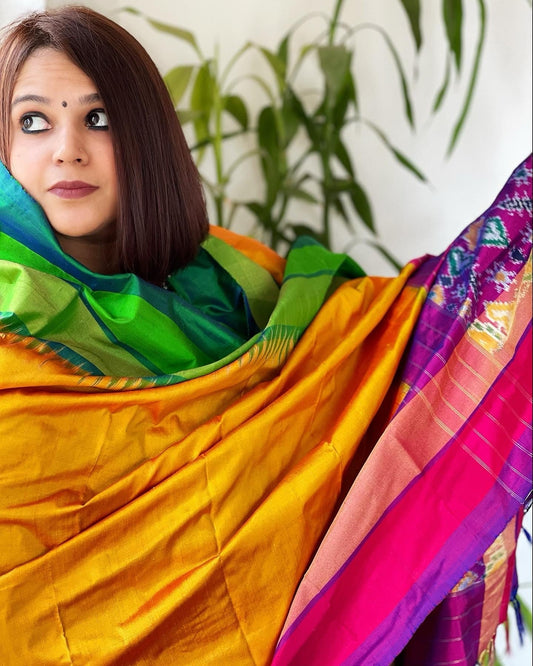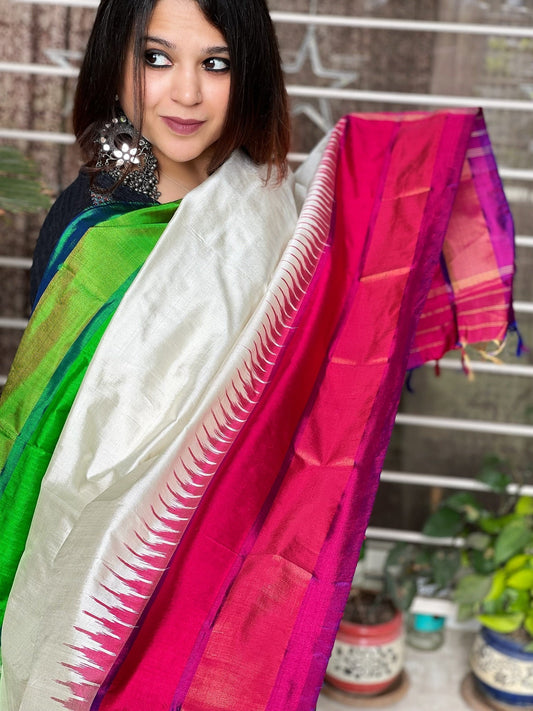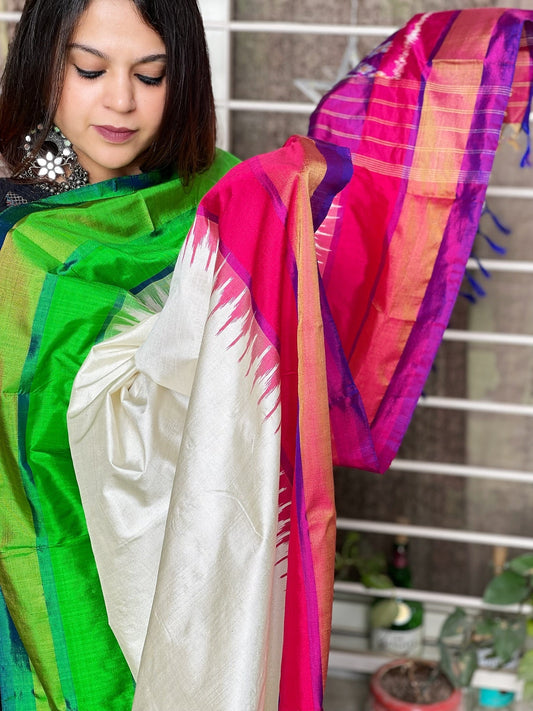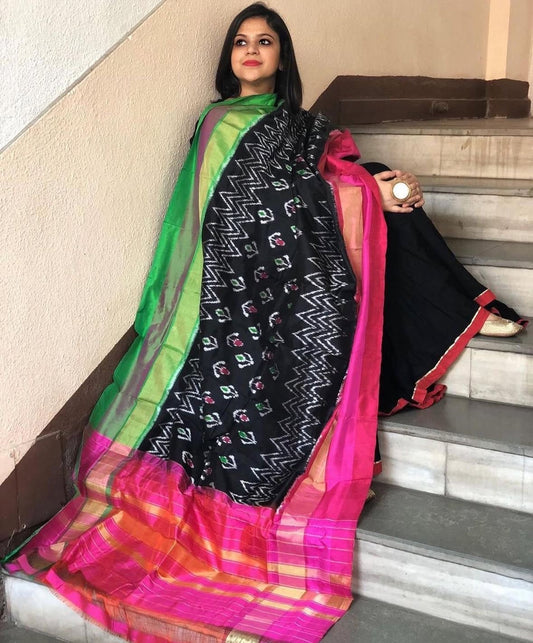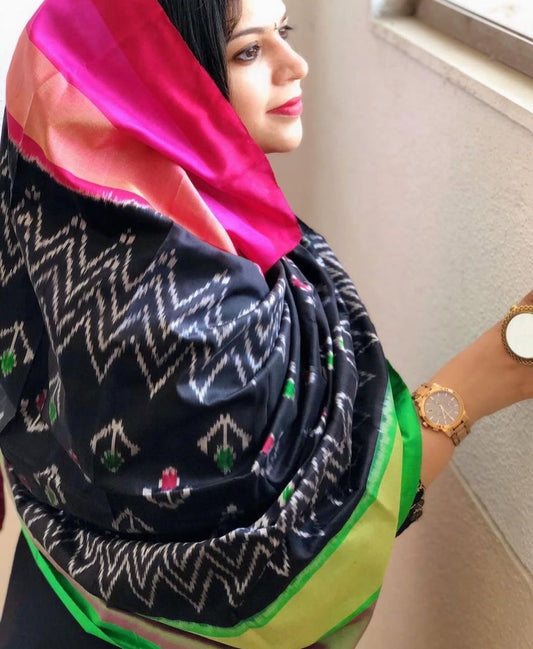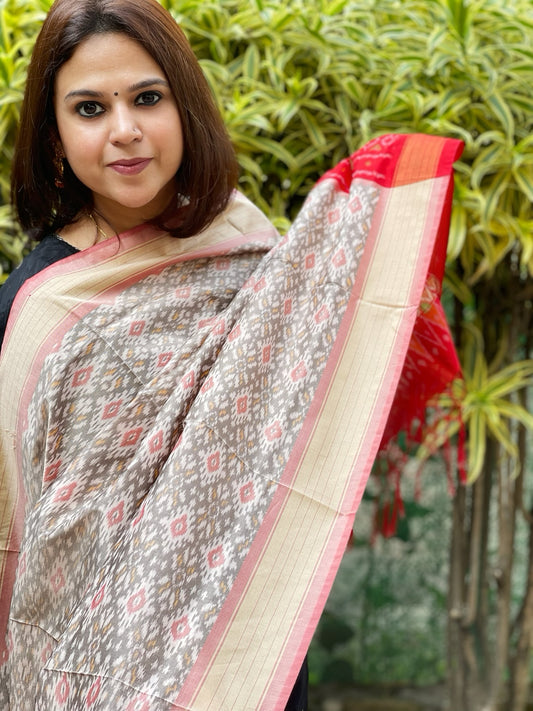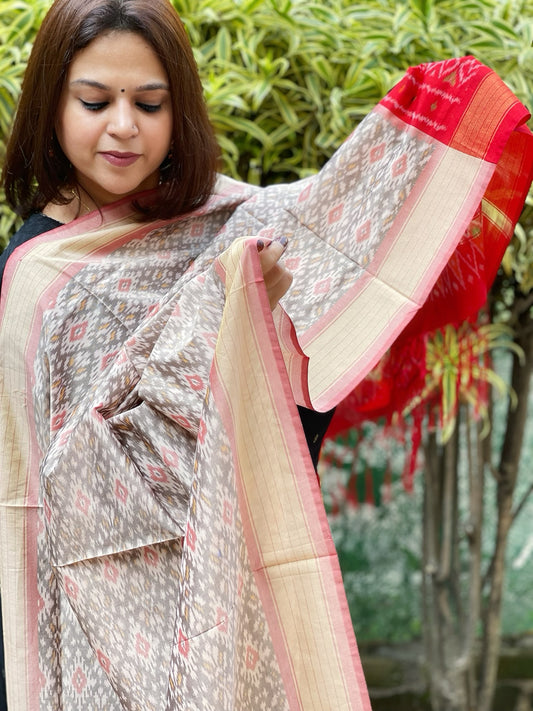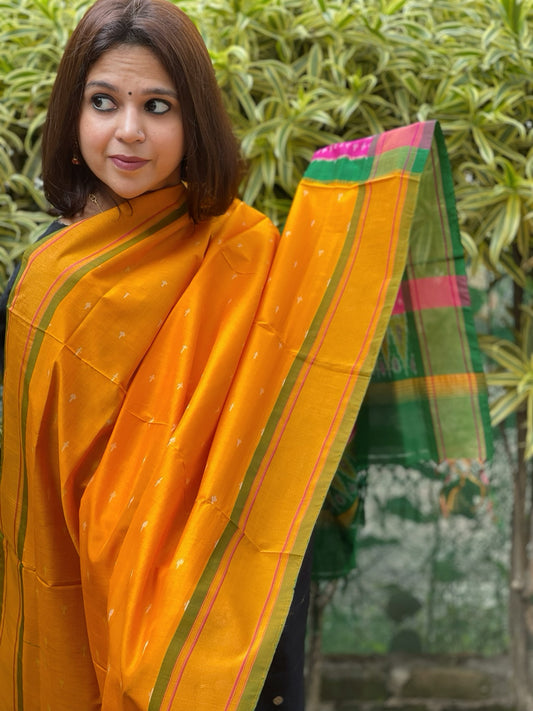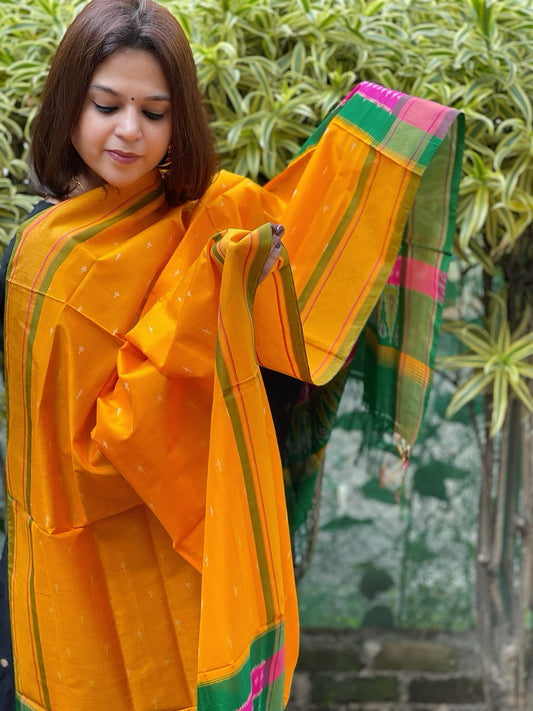Madhubani dupatta artwork is a fascinating expression of Indian cultural heritage, epitomising intricate detail and vibrant narratives. Originating from Bihar, this craft has captivated audiences not just in India, but across the globe.
Within the culturally rich city of Pune, where traditional and contemporary lifestyles blend seamlessly, the appeal of Madhubani dupattas continues to grow. These beautiful pieces do more than just enhance a wardrobe; they tell stories of mythology, nature, and everyday life that have been passed down through generations.
Incorporating them into special occasions brings a touch of elegance and a slice of Indian history to any ensemble. Whether you're attending a wedding or a festive celebration, a Madhubani dupatta can transform your outfit, adding unique charm and class.
Pune’s vivid cultural landscape makes it an ideal setting to showcase these artistic treasures, allowing them to shine against the backdrop of traditional and modern events.
Origin of Madhubani Dupatta
The term "Madhubani" originates from a small district in Bihar known for its profound connection to artistic traditions. This region has been the epicentre of Madhubani art for centuries, embodying rich storytelling through its intricate designs. The craft is deeply rooted in the cultural tapestry of Bihar, maintaining its regional identity while evolving over time.
Dating back to ancient India, Madhubani art is said to have developed during the era of the Mithila kingdom. Mythology suggests that King Janak commissioned local artists to create this art form to depict his daughter Sita’s wedding to Lord Rama. This historical tie adds a layer of depth and significance to every piece.
The evolution of Madhubani artwork reflects a journey through time, adapting and flourishing under various influences. Despite changes across eras, it has carefully preserved the essence of its origins.
As artisans pass their skills through generations, they sustain a historical narrative that each dupatta represents. This preservation of tradition and the art's adaptability are what continue to cultivate its relevance and beauty in the modern world.
Traditional Artistry and Techniques
Creating a Madhubani dupatta involves a rich tapestry of techniques and dedication. Artisans set to work on natural fabrics like cotton or silk, using organic dyes derived from plants and minerals. This careful selection gives each dupatta its vibrant, enduring colours. The crafting process is detailed and meticulous, often requiring weeks to complete a single piece.
Artisans employ traditional tools, including twigs, matchsticks, and fingers, to draw intricate patterns. These patterns often depict themes like nature, gods, and legends, each telling its own story. The effort-intensive nature of this craft highlights the exceptional skill and patience required to perfect each piece.
What makes these unique are the slight imperfections found in each item, a testament to their handmade origin. These imperfections are celebrated, setting these dupattas apart from machine-made pieces. They add character and authenticity, ensuring each dupatta remains a one-of-a-kind masterpiece. This individuality is not just visible but also palpable, allowing anyone who wraps themselves in this art to become a living canvas of culture and tradition.
Cultural Narratives in Madhubani Dupattas
Madhubani dupattas are more than just beautiful accessories; they carry the weight of stories and symbols from a rich cultural past. Each piece often tells a tale of mythological significance, encapsulating stories of gods and goddesses, episodes from the Ramayana, and scenes from Krishna’s life. These stories are interwoven with depictions of birds, animals, and the natural world, creating a rich tapestry that transcends mere decoration.
Consider how these narratives bring deeper meaning to the dupattas. They transform into personal canvases carrying messages and memories, almost like a wearable art gallery. The stories captured can speak to the wearer's own experiences or beliefs, offering a connection to something greater.
This narrative depth not only makes a dupatta more than a fashion item but also a conversation starter, a piece of cultural storytelling that enriches any gathering.
Styling Madhubani Dupattas for Special Occasions
Madhubani dupattas lend a touch of artistry and tradition to any outfit, especially during summer weddings and festive events in Pune. Pair one with a plain kurta or lehenga to let the artwork shine as the focal point. Opt for colours that complement the dupatta’s intricate designs, such as soft pastels or bold, contrasting hues to highlight the details.
When considering accessories, go minimal. Allow the dupatta's natural beauty to take centre stage. Choose simple jewellery and allow the intricate storytelling of the dupatta to speak volumes.
For draping, try a loose style over both shoulders, or pin it elegantly over one, allowing the scenes to unfold with every movement. This versatility ensures that a Madhubani dupatta can be styled in numerous ways, catering to any event's formality.
Celebrate Tradition with Madhubani Dupattas
Madhubani dupattas offer a unique blend of artistic expression, cultural history, and personal storytelling. They are timeless pieces that not only bring a sense of individuality to fashion but also honour the rich heritage and skills passed down through generations. As you wrap yourself in the vibrant colours and intricate designs, you embrace a piece of history.
These dupattas remind us of the importance of supporting the artisans who dedicate their lives to maintaining this beautiful tradition. By choosing handmade crafts like these, you're not just adding beauty to your wardrobe; you're actively participating in the preservation of a timeless art form. Whether it's for yourself or as a meaningful gift for a loved one, embracing these heritage pieces ensures that the stories and skills of the past continue to flourish.
Immerse yourself in the exquisite storytelling and cultural richness embodied by each Madhubani dupatta at Masakalee. Discover how these beautifully crafted pieces can embellish your wardrobe, bringing a touch of elegance and art to any special occasion.




